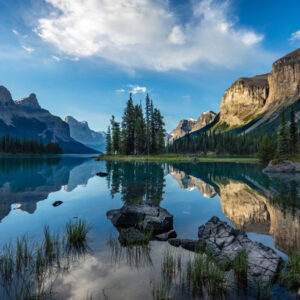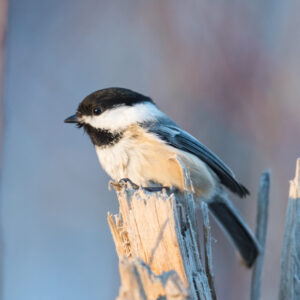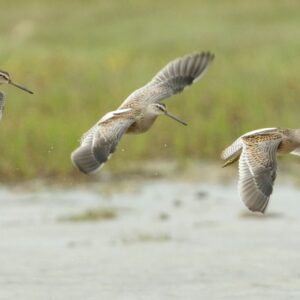Countries Across the Americas Unite to Save Grassland Birds
June 17, 2013
Yesterday, Nature Canada joined partners in Canada, USA, Ecuador, Brazil, Bolivia, Argentina, Paraguay and Uruguay to develop an Americas-wide strategy to develop and support innovative initiatives to conserve and sustainably develop grasslands in the Western Hemisphere.
According to the International Union for the Conservation of Nature (IUCN), less than 10% of our natural grasslands remain intact. One of our board members, Bob Peart, is the lead on the IUCN’s temperate grasslands conservation initiative (whose great work you can read about here).
Working with ranchers and focusing on the most critical grassland areas is the focus of this newly developed alliance. Payment for ecological services and certified natural grass-fed beef are two initiatives being contemplated as strategies for working with producers to conserve imperilled grassroots.
The State of Canada’s Birds report (forthcoming, this Thursday) identifies grasslands species (like Burrowing Owls and the Greater Sage Grouse) as the most threatened species in Canada.
It’s estimated that there are only 13 male Sage Grouse left in Alberta, with the province-wide population estimated at 30 birds, and only 42 males were counted at breeding grounds (called ‘leks’) in Saskatchewan in 2010. Scientists predict that the Sage Grouse could soon entirely disappear from Canada.
In contrast to the non-migratory Sage Grouse, many “Canadian” birds such as the Bobolink, Swainson’s Hawk, Upland Sandpiper and Buff-breasted Sandpiper breed in Canada’s grasslands (during our summer) and migrate to grasslands in South America during non-breeding periods. This is why it’s essential to work with partners across the Western Hemisphere, from the Arctic to the tip of South America to protect the species that we share.
We’re very proud to bring together stakeholders and experts throughout the Americas to better safeguard one of the world’s most endangered ecosystems, and look forward to the rest of this year’s BirdLife International World Congress.




